The NVIDIA GeForce GTX 980 Ti Review
by Ryan Smith on May 31, 2015 6:00 PM ESTMeet The GeForce GTX 980 Ti
Like the rest of NVIDIA’s high-end cards in this generation, the reference GeForce GTX 980 Ti is launching with NVIDIA’s standard metal cooler. This design has served NVIDIA well since the launch of the GTX Titan in 2013 and continues to be the blower design to beat the high end, easily handling the 250W TDP of NVIDIA’s high-end cards without generating a ton of noise in the process.
As with so many other aspects of the GTX 980 Ti, the GTX 980 Ti’s cooler and build is a near-copy of the GTX Titan X. The only difference in the cooler is the paint job; GTX Titan X got a unique black paint job, while GTX 980 Ti gets the more standard bare aluminum finish with black lettering and a black-tinted polycarbonate window.
Otherwise there’s very little to be said about the GTX 980 Ti’s design that hasn’t been said before, so we’ll just recap what we said about the cooler design from our review of the GTX Titan X.
For GTX 980 Ti, NVIDIA has opted to leave well enough alone, having made virtually no changes to the shroud or cooling apparatus. And truth be told it’s hard to fault NVIDIA right now, as this design remains the gold (well, aluminum) standard for a blower. Looks aside, after years of blowers that rattled, or were too loud, or didn’t cool discrete components very well, NVIDIA is sitting on a very solid design that I’m not really sure how anyone would top (but I’d love to see them try).
In any case, our favorite metal shroud is back once again. Composed of a cast aluminum housing and held together using a combination of rivets and screws, it’s as physically solid a shroud as we’ve ever seen. The card measures 10.5” long overall, which at this point is NVIDIA’s standard size for high-end GTX cards.
Drilling down we have the card’s primary cooling apparatus, composed of a nickel-tipped wedge-shaped heatsink and ringed radial fan. The heatsink itself is attached to the GPU via a copper vapor chamber, something that has been exclusive to NVIDIA’s 250W cards and provides the best possible heat transfer between the GPU and heatsink. Meanwhile the rest of the card is covered with a black aluminum baseplate, providing basic heatsink functionality for the VRMs and other components while also protecting them.
Finally at the bottom of the stack we have the card itself, complete with the GM200 GPU, VRAM chips, and various discrete components. The GM200 PCB places the GPU and VRAM chips towards the front of the card, while the VRMs and other discrete components occupy the back. As with the GTX Titan X, GTX 980 Ti features NVIDIA’s reworked component placement to improve airflow to the discrete components and reduce temperatures, along with employing molded inductors.
NVIDIA once again employs a 6+2 phase VRM design, with 6 phases for the GPU and another 2 for the VRAM. This means that GTX 980 Ti has a bit of power delivery headroom – NVIDIA allows the power limit to be increased by 10% to 275W – but hardcore overclockers will find that there isn’t an extreme amount of additional headroom to play with. Based on our sample the actual shipping voltage at the max boost clock is a bit higher than GTX Titan X, coming in at 1.187v, so in non-TDP constrained scenarios there is some additional headroom through overvolting, up to 1.23v in the case of our sample.
In terms of overall design, unlike GTX Titan X and its 24 VRAM chips, for the GTX 980 Ti NVIDIA only needs to use 12 VRAM chips to get the card’s 6GB of VRAM, so all of the VRAM is located at the front of the card. Halving the RAM capacity simplifies the card a bit – there are now no critical components on the back – and it brings down the total VRAM power consumption slightly. However despite this, NVIDIA has not brought back the backplate from the GTX 980, having removed it on the GTX Titan X due to the VRAM chips it placed on the rear.
Moving on, in accordance with GTX 980 Ti’s 250W TDP and the reuse of the metal cooler, power delivery for the GTX 980 Ti is identical to its predecessors. This means a 6-pin and an 8-pin power connector at the top of the card, to provide up to 225W, with the final 75W coming from the PCIe slot.
Meanwhile display I/O follows the same configuration we’ve seen on the rest of the high-end GTX 900 series. This is 1x DL-DVI-I, 3x DisplayPort 1.2, and 1x HDMI 2.0, with a total limit of 4 displays. In the case of GTX 980 Ti the DVI port is somewhat antiquated at this point – the card is generally overpowered for the relatively low maximum resolutions of DL-DVI – but on the other hand the HDMI 2.0 port is actually going to be of some value here since it means GTX 980 Ti can drive a 4K TV. Meanwhile if you have money to spare and need to drive more than a single 4K display, GTX 980 Ti also features a pair of SLI connectors for even more power.
Finally, taking a look at the long term, I wanted to quickly hit upon the subject of the VRAM capacity difference between the GTX 980 Ti and the GTX Titan X. Essentially NVIDIA’s only remaining selling point for the GTX Titan X, the Titan will remain their only 12GB card for some time to come. For NVIDIA this means that they can pitch the GTX Titan X as a more future-proof card than the GTX 980 Ti, as it would be hard-pressed to run out of VRAM.
The question for the moment then is whether 12GB is worth a higher premium, let alone the GTX Titan X’s $350 premium. The original GTX Titan by comparison was fortunate enough to come out with 6GB right before the current-generation consoles launched, and with them their 8GB memory configurations. This lead to a rather sudden jump in VRAM requirements in games that the GTX Titan was well positioned to handle, whereas GTX 780 Ti and its 3GB of VRAM can struggle in the very latest games at 4K resolutions. Much like 6GB in 2013, 12GB is overkill in 2015, all the while 6GB is a more practical amount for a 384-bit card at this time.
But to answer the question at hand, unlike the original GTX Titan, I suspect 12GB will remain overkill for a much longer period of time, especially without a significant technology bump like the consoles to drive up VRAM requirements. And consequently I don’t expect GTX 980 Ti to have any real issues with VRAM capacity in games over the next couple of years, making it better off than the GTX 780 Ti, relatively speaking.


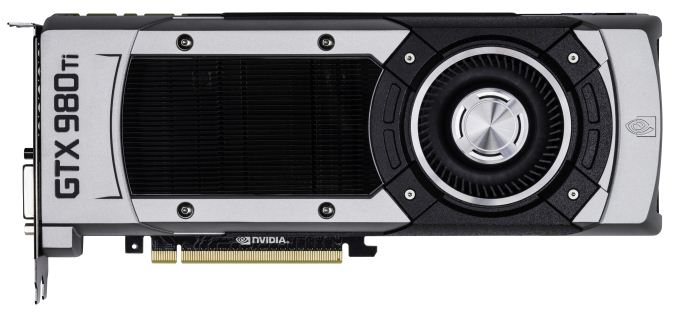
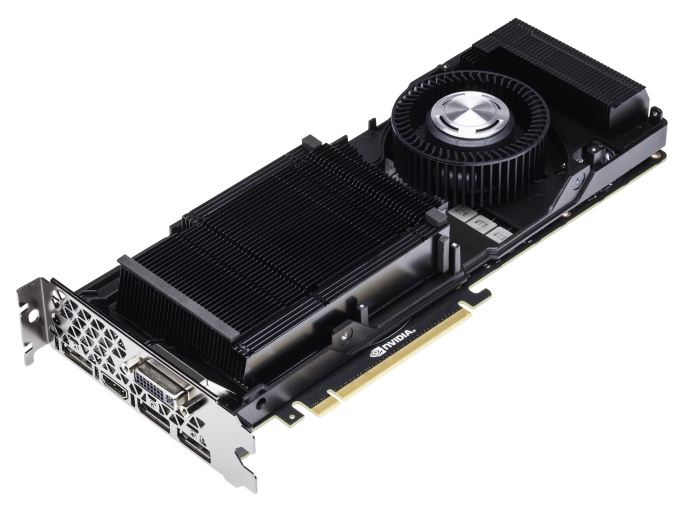
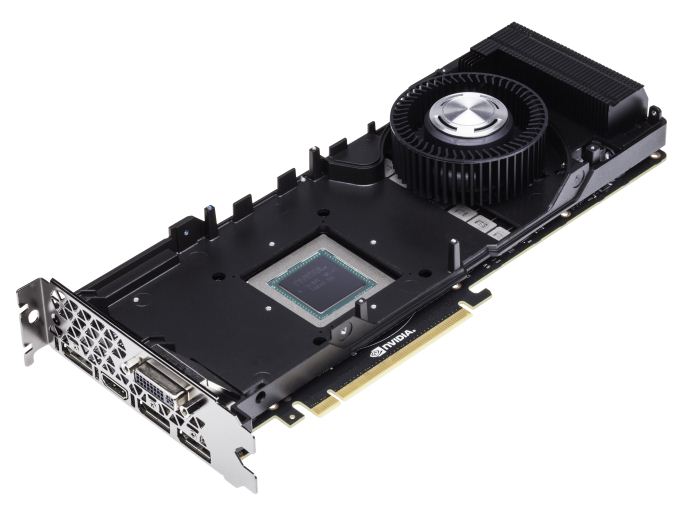
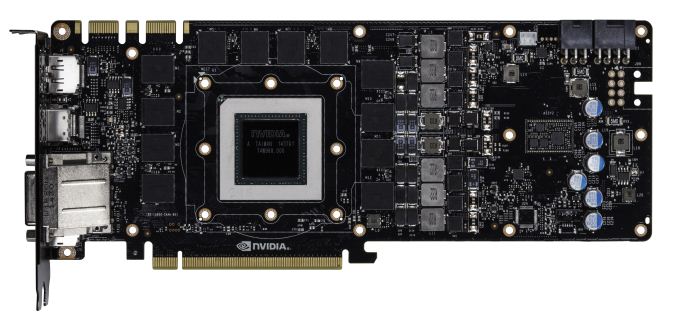

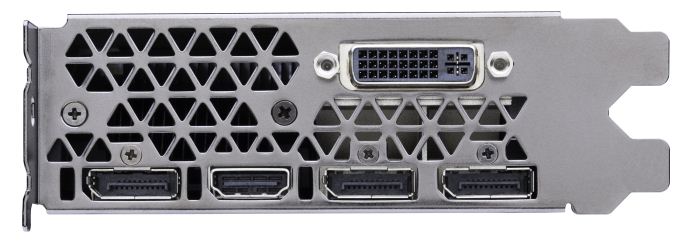








290 Comments
View All Comments
PEJUman - Monday, June 1, 2015 - link
I agree, the fact that AMD new 3xx is mostly (sans 1 new GPU) rebrands scares the crap out of me. and Nvidia knows it too, that's why we're getting the bad witcher 3 on gameworks @ kepler, astronomical prices and a generally very 'apple like marketing' from nvidia.Don't get me wrong, I certainly appreciate the level of refinements that Nvidia brings to the table, but without any answer from AMD, prices are very far from reasonable.
few years ago, I would never guessed PC gaming will be dead due to single GPU supplier situation, nowadays I am a lot more unsure...
Yojimbo - Monday, June 1, 2015 - link
In that case why assume that the 980 should have been dropped in price more. Maybe the 980 Ti should have been priced at $700?The difference between $500 and $650 is palpable. And the performance one requires depends on the monitor one has. What you seem to be saying is you would be willing to pay more than 30% price premium for a 30% increase in performance, which is usual. But when prices are actually set that way, there always seem to be people complaining the premium card is priced too high, and quoting the price/performance difference as the reason.
chizow - Monday, June 1, 2015 - link
@Yojimbo lol so true, people seem to think price:perf should be perfectly linear and comparable to some bargain bin part at $75, but if that was always the case, we'd all be using 2-3 gen old cards that can't play the games we want to play, today.dragonsqrrl - Sunday, May 31, 2015 - link
The 980 is $550, not $499. Despite that it still has a similar price/performance ratio to the 980 Ti. So technically it's no worse of a deal than the 980 Ti, but I think the 980 should still drop in price to ~$500 or $450. It should have a better price/performance ratio than the higher-end Ti.jjj - Sunday, May 31, 2015 - link
The 980 price has been dropped to 499$ and the point was that the TI and the 970 are much better buys, the 870 being way cheaper for little perf loss while the TI offers a lot more perf and is far better at 4k.dragonsqrrl - Sunday, May 31, 2015 - link
Ahh, sorry I missed that. However, at $500 the 980 still has a similar price/performance ratio as the 980 Ti. So while I do think it should drop by more, I'm also a bit confused by why people are calling it a terrible buy when it really isn't anymore terrible than the Ti at $650.just4U - Sunday, May 31, 2015 - link
(...sigh) $740 here in Canada.dragonsqrrl - Sunday, May 31, 2015 - link
:(o-k - Sunday, May 31, 2015 - link
could you please make sure this time that the ram is 384-Bit, 6GB total @ 7GHz GDDR5. Please double check.D. Lister - Sunday, May 31, 2015 - link
No, drop everything in your life AT staff, and effing TRIPLE check, and make sure to provide a notarized video of the process. Anything, ANYTHING at all, that can wash away the salt of the AMD rebadge, C'MOOOOON!